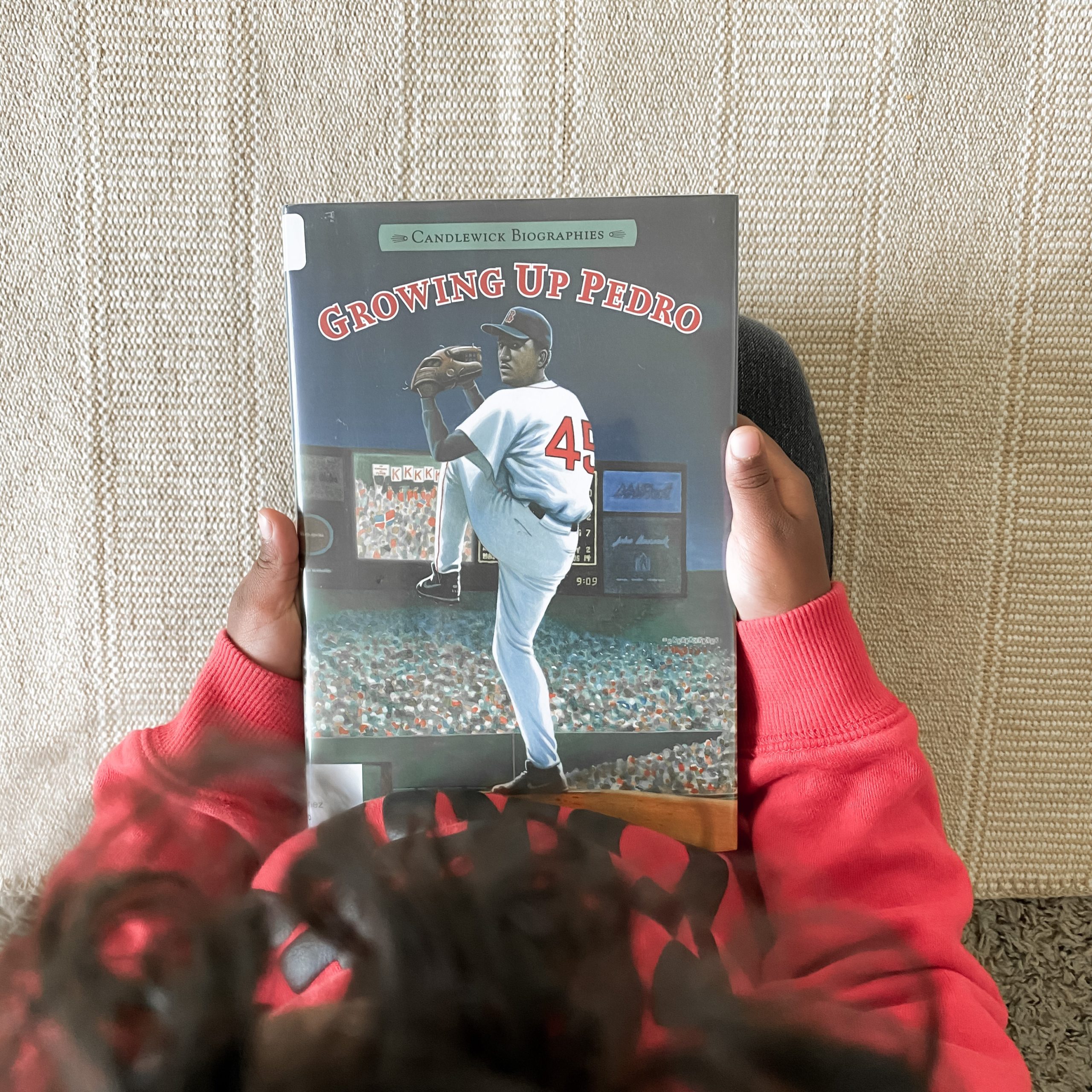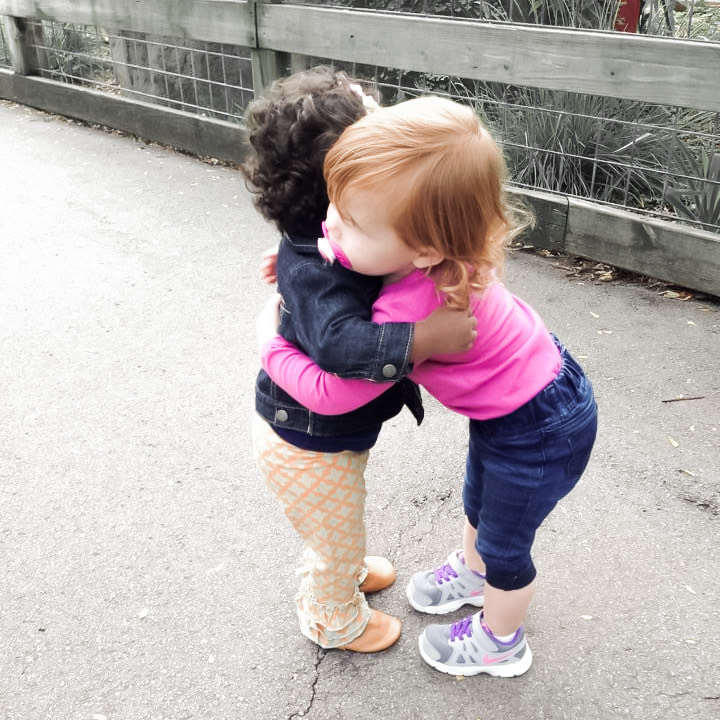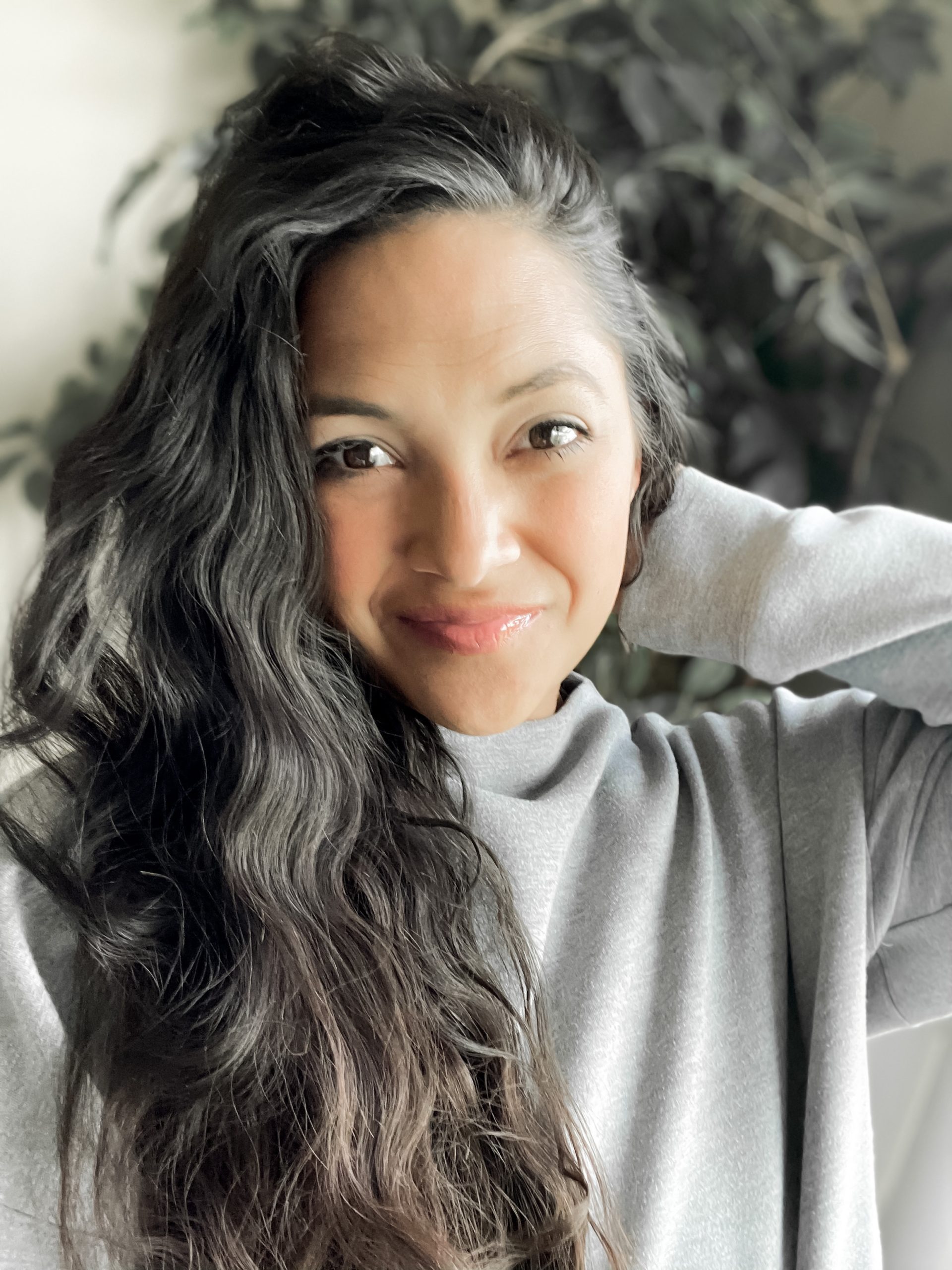One of our main purposes as a parent is to raise kind, thoughtful, and productive members of society. We have a responsibility to teach our children kindness, compassion, and tolerance for every human being.
Hopefully, we all can agree that no one should ever be discriminated against for their age, gender, race, religion, orientation, education, or mental or physical ability.
Unfortunately, this is something our country is currently struggling with. We all seem to be divided instead of united and if anyone can make the biggest change for our future… it’s our children.

Perhaps we must look a little harder and take time to think about the way we see things that don’t affect us.
What is social justice?
Social justice is a concept of fair and just relations. It’s the capacity to organize with other individuals to accomplish an end that benefits the entire community. It’s wanting the world to be equal for everyone.
Social justice is something we should all know, learn, and care about. Each conversation we have with our children about bias and social justice will pave the way to change the future and ensure everyone has basic human rights.
What is bias?
Bias is a disproportionate weight, either for or against something, usually in a way that’s close-minded or unfair. Not all biases are bad; however, some biases can situate you against certain individuals, groups, or ideas. This ultimately leads to misunderstandings, possible hostility, and social inequality.
Luckily, bias can be reversed or unlearned when exposed to diversity in a positive way.
Discussing Diversity
Children are not blind to race. They are smart and inquisitive, simply trying to understand the world around them. At a very young age, children start to become aware of the differences between girls and boys, become curious about skin and hair color, and begin noticing obvious physical disabilities.
Diversity should be celebrated, and we should look for what is special in every single one of us. The simplest way to raise a child who is accepting of everyone is to normalize the fact that we are each unique.
These discussions can be challenging. Here are a few tips you can use to help navigate the communication with your children about bias and social justice:
Be Prepared
- Learn about racism; read books, articles, or listen to podcasts.
- Educate yourself about microaggressions.
- Recognize your biases and consider what ideas you’re passing down to your children.
- Set an example by speaking up and standing up to discrimination; be a role model.
Mayor Scott Fadness recently launched a challenge in our community by sponsoring Fishers residents to undergo Interrupting Racism Training. This training is in effort to dismantle racism within our community and address the realities of systematic racism, both historical and present-day in our country. This training will certainly prepare you for these difficult, but must-have conversations not only with our children, but also among our friends, relatives, and neighbors.
If you are interested in signing up for the free Interrupting Racism training, sign up here.

Research & Discuss
Find relevant news stories and topics that highlight bias, especially when someone stood up for what’s right. Watch or read a story on the news and discuss how the same story can have ideological differences. Compare and contrast the various ways the story is being presented.
Since we already know that consuming news from one single source can lead to bias, present your children with a broad range of ideas, topics, and stories from various unbiased news sources.
HSE schools offer new social and emotional lessons each week. Go over these lessons with your children. Reinforce what they are learning.
Plan Activities
- Volunteer and discuss the inequalities that have contributed to the problem and address them. For example, while volunteering at a homeless shelter, you can discuss the stereotypes and stigma of homeless people, learn about unfair housing policies, and think of solutions that could reverse the problem at hand.
- Write letters to legislatures and business leaders asking for change; we must be holding our leaders accountable.
- Participate in a children’s civil rights walk.
- Explore various cultures around the world through clothing, food, traditions, and more.
Read Multicultural Books
Reading multicultural books provide an opportunity for our children to travel the world through pages. There is a wealth of children’s books on topics of bias, social justice, and diversity. My kids and I are currently doing a reading challenge where we are reading one book either about or that is set in every country. Simply by reading these diverse books, it has already brought upon incredible, engaging, and powerful conversations naturally with them.

Together We Are Better
I truly believe that by understanding various cultures and social groups, our children will be able to make better connections not only in their own personal lives, but in the lives of others as well.
Whether you are a parent or an educator, it’s up to us to teach our children to accept others for who they are. We need to teach our children to stand up for who and what they believe in. It is never okay to ignore acts of racism, prejudices, or bullying from others.
This is a continuing effort.
Being silent isn’t the answer. With the injustices we are facing today, we cannot turn a blind eye while little eyes are watching us. Are we willing to stand up for what’s right? Or do we continue to ignore it?
I hope this has inspired you to have meaningful conversations with your children. Whether through pages in the books that you read or through everyday life examples, we can collectively make the necessary changes so our children can grow up in a world united.

Amanda Merriweather has lived in Fishers for eight years with her family of six on the northwest side of the city. She is a stay-at-home mom and freelance writer who enjoys reading, blogging, crafting (her new favorite hobby is woodworking), as well as spending time with her family finding new trails, exploring new places, watching movies, and playing board games. You can find her at The Yard at Fishers District, local coffee shops and boutiques, and the Fishers library and parks with her kids. Her favorite aspect of Fishers is how family-oriented the city is, and how many family-friendly activities there are to enjoy throughout the year. Follow her on Instagram, YouTube, Pinterest, and on her blog.

